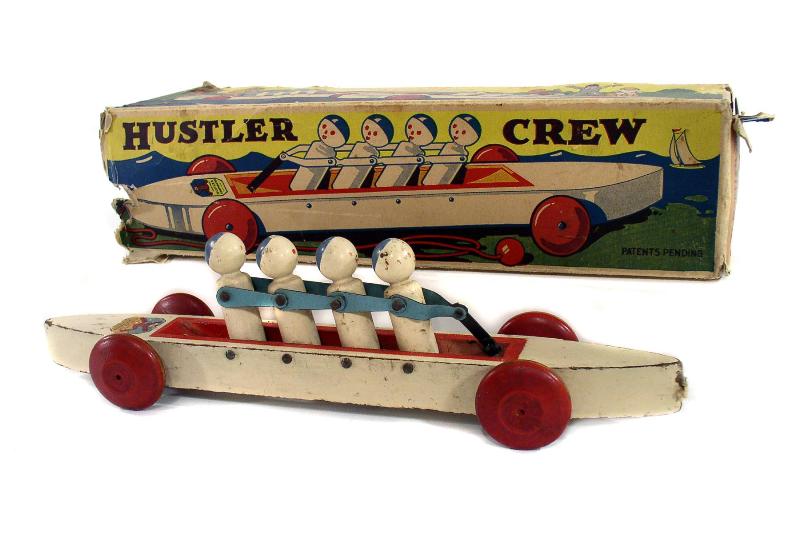Q. My mother is curious about these two lamps she inherited from the estate of her great uncle. The glass part is 7.5 inches. He traveled widely and collected crystal, glass and china.
Can you give us any help with maker, age or value?
A. My first suggestion is for your mother to ask around among her cousins: does anyone else have a similar lamp? She is missing two from the set. Your lamps are two of a set of four statues designed in 1939 by the great French jewelry and glass entrepreneur Rene Lalique.
Rene Lalique was born in France in 1860 and at an early age he displayed an artistic proficiency. In 1876 he was apprenticed to Louis Aucoc, one of the finest goldsmiths in Paris while in the evenings he studied at L’Ecole des Arts Decoratifs in Paris.
By 1880, Lalique had success on his own as a jeweler designing for well-know makers and private client. His sculptural Art Nouveau pieces combined precious metals with semi-precious stones, ivory, enamel and glass.
Renee Lalique (courtesy Musee Lalique)
Towards the end of the nineteenth century, Lalique began to experiment more and more with glass and enamel. He patented a glass perfume bottle design in 1909; that same year, perfumer and industrialist François Coty commissioned Lalique to design bottles for his fragrances. Using the skill, production techniques and labor innovations learned through the perfume partnership, Lalique workshops produced well over 1000 designs for architectural elements, car mascots, vases, cane handles, medallions, bookends and lighting.
Rene Lalique designed the frosted glass “Le Quatre Saisons” (The Four Seasons) in 1939. Each of the figures depicts a kneeling nude holding an emblem of the season: Spring is surrounded by small flowers; a fruit garland drapes Summer; Autumn clutches a sheaf of wheat; and Winter kneels in a batch of mistletoe.
"Autumn" clutches a sheaf of wheat
Your figures are Summer (l’Ete”) and Fall (“l’Automne). Each is most likely signed R. Lalique, but the lamp mounting may obscure the signature. The value depends greatly on the condition of the glass. If the figures were drilled they loose almost all value to collectors; if they are glued to the base and can be removed without damage each statue on its own would sell for $200 to $400. Complete set with no chips, flakes or cracks sell in the $1500-2500 range.
Rene Lalique died in 1945 and the company passed to his son Marc. Marc Lalique continued to expand the catalog of one of a kind and production designs. Marc’s daughter, Marie-Claude Lalique took over the business in 1977. She updated designs, added color, developed her own fragrance and returned to jewelry making. In 1994 she sold the company.
Today, Lalique produces luxury decorative items, jewelry, perfumes, furniture, and accessories. It represents the work of contemporary artists while continuing to make versions of their signature works. To see examples of Rene Lalique’s jewelry and glass designs visit the Corning Museum of Glass in New York. For more information, illustrations, authentication processes and listings of fakes and reproductions, visit the independent website www.rlalique.com



























